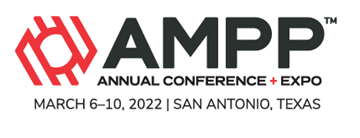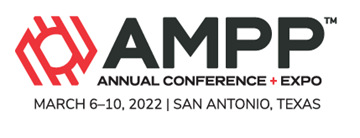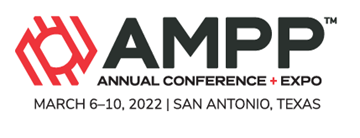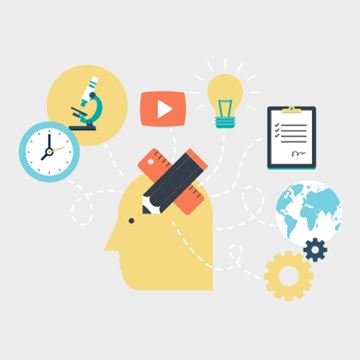Search
Products tagged with 'artificial intelligence'
View as
Sort by
Display
per page
A Machine Vision Case Study Of U-Net Networks For Superficial Corrosion And Dirt Image Segmentation On Industrial Coated Steel Structures
Product Number:
51322-17995-SG
Publication Date:
2022
$20.00
Advances In Digital Twin And AI To Predict And Manage External Corrosion - A Smart Tool For Decision Makers
Product Number:
51322-17991-SG
Publication Date:
2022
$20.00
Advances In Digital Twin And AI To Predict And Manage External Corrosion - A Smart Tool For Decision Makers
Product Number:
51322-17992-SG
Publication Date:
2022
$20.00
Application of Artificial Intelligence in Corrosion Management
Product Number:
51324-20711-SG
Publication Date:
2024
$40.00
Applying Machine Learning Techniques To Identify And Predict Behavior Of Rectifier And Groundbed State Change
Product Number:
51322-17833-SG
Publication Date:
2022
$20.00
IR 4.0 Integrity Management Using Data Analytics
Product Number:
MPWT19-15487
Publication Date:
2019
$0.00
Multitask Learning Framework For Screening Of Corrosion Inhibitors For Mild Steel
Product Number:
51322-17757-SG
Publication Date:
2022
$20.00
Towards Automated Development and Evaluation of Optimal Corrosion Inhibitor Products
Product Number:
51323-18783-SG
Publication Date:
2023
$20.00
Using Virtual Reality to Help Teach Application Technique
Product Number:
41213-798-SG
Publication Date:
2013
$20.00









